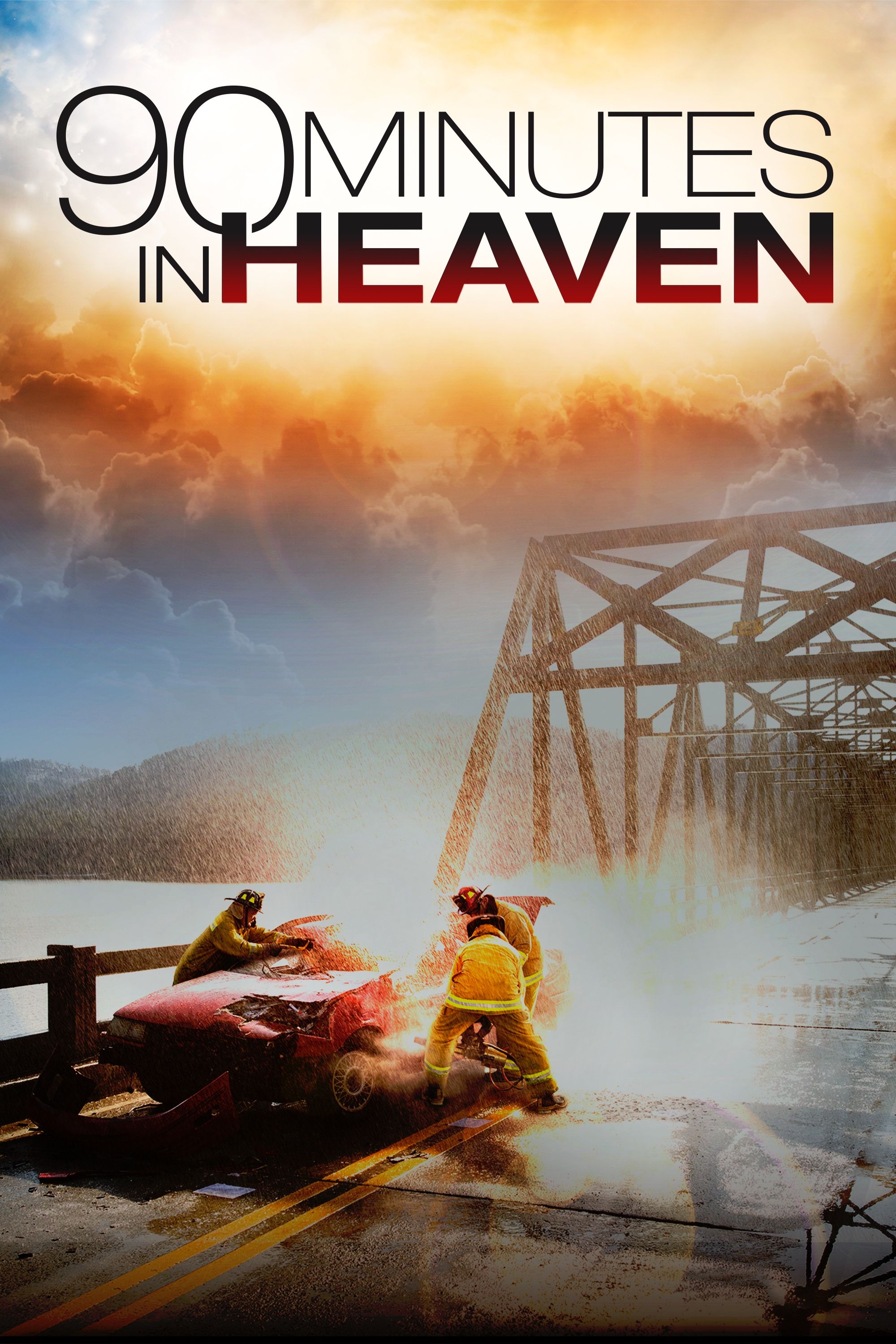

It was renamed Her Majesty's Canadian (HMC) Dockyard and later became the command centre of the Royal Canadian Navy upon its founding in 1910. After 1906, the Canadian Government took over the Halifax Dockyard from the British Royal Navy. The city itself fell into an economic decline. With the British sailors and soldiers gone the Canadian Department of Militia and Defence received tons of equipment, empty barracks, parade grounds and a lifeless dockyard as its legacy.
#Rcn fireproof the movie full
After the British garrison left the city in 1905, the Canadian Militia, long a significant presence in Halifax, assumed full responsibility for the port. The termination of the Reciprocity Treaty following the American Civil War resulted in new tariffs on American goods and plunged Halifax into economic decline. The harbour was one of the Royal Navy's most important bases in North America, a centre for wartime trade and a home to privateers that harried the British Empire's enemies during the American Revolution, Napoleonic Wars and the War of 1812. Halifax and Dartmouth thrived during times of war. The community of Dartmouth lies on the north shore of the harbour, while Halifax is on the south shore. Halifax Harbour is one of the deepest ice-free natural harbours in the world. Looking north from a grain elevator towards Acadia Sugar Refinery, circa 1900, showing the area later devastated by the 1917 explosion įurther information: History of the Halifax Regional Municipality, Dartmouth, Nova Scotia, and History of Nova Scotia There were a number of casualties including five children who drowned when the tsunami came ashore at Nevin's Cove. A tsunami created by the blast wiped out the physical community of Mi'kmaq First Nations people that had lived in the Tuft's Cove area for generations. Across the harbour, in Dartmouth, there was also widespread damage. Hardly a window in the city proper survived the concussion. A pressure wave of air snapped trees, bent iron rails, demolished buildings, grounded vessels, and carried fragments of the Mont-Blanc for kilometres. Nearly all structures within a half-mile (800 m) radius, including the entire community of Richmond, were completely obliterated. Approximately 20 minutes later (at 9:04:35 am), Mont-Blanc exploded with tremendous force.

Without adequate and accessible firefighting equipment, the captain, pilot, officers and men were forced to abandon her within a few minutes following the accident. The resultant fire aboard the French ship quickly grew out of control. At roughly 8:45 am, she collided at slow speed (one to one and a half miles per hour) with the 'in-ballast' (without cargo) Imo, chartered by the Commission for Relief in Belgium to pick up a cargo of relief supplies in New York. Mont-Blanc was under orders from the French government to carry her highly explosive cargo overseas to Bordeaux, France. Bronson estimated the blast at some 2400 metric tons of high explosive. In a meeting of the Royal Society of Canada in May 1918, Dalhousie University's Professor Howard L. The blast was the largest man-made explosion prior to the development of nuclear weapons, with an equivalent force of roughly 2.9 kilotons of TNT. Approximately 2,000 people were killed by debris, fires, and collapsed buildings, and it is estimated that nearly 9,000 others were injured.

Approximately twenty minutes later, a fire on board the French ship ignited her explosive cargo, causing a cataclysmic explosion that devastated the Richmond District of Halifax. SS Mont-Blanc, a French cargo ship fully laden with wartime explosives, collided with the Norwegian vessel SS Imo in the Narrows, a strait connecting the upper Halifax Harbour to Bedford Basin. The Halifax Explosion occurred near Halifax, Nova Scotia, Canada, on the morning of December 6, 1917.


 0 kommentar(er)
0 kommentar(er)
